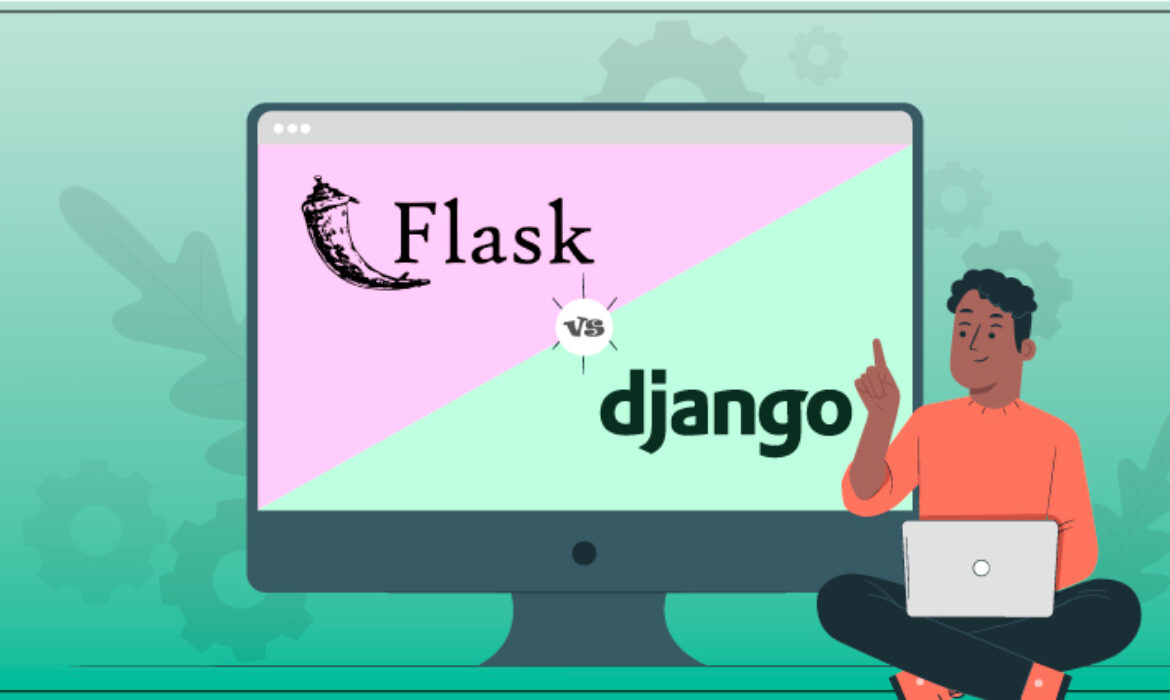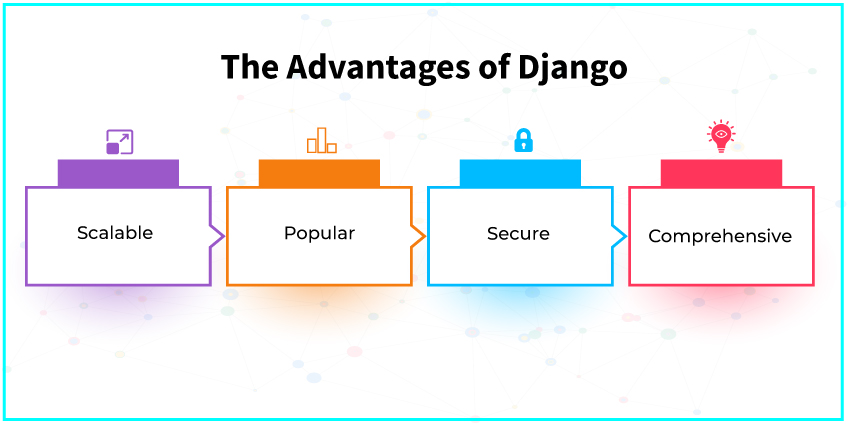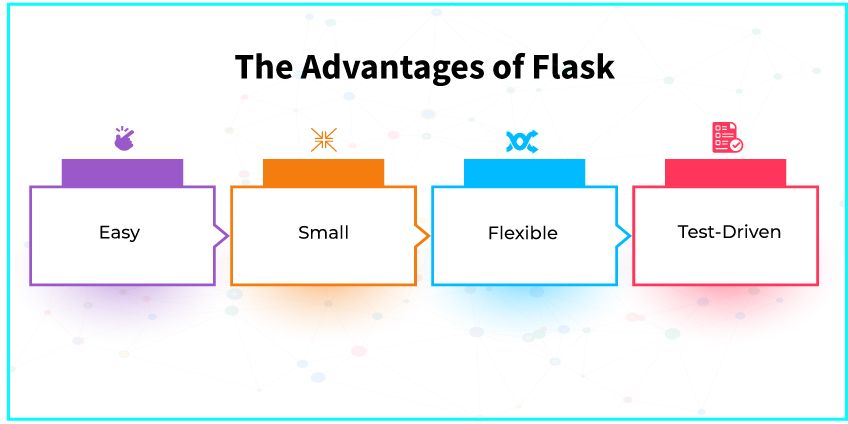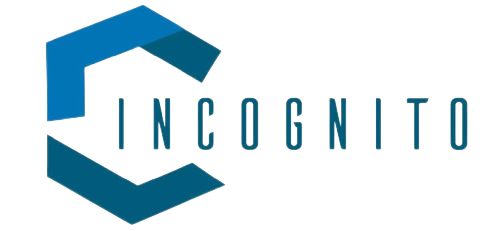
When it comes to Python frameworks for building Web apps, two stand out: lightweight Flask and extensive Django. Both are high-level Python Web frameworks that have shown to be successful. Successful firms make extensive use of both. Their beliefs, strengths, and shortcomings, however, are vastly different.
To grasp the differences between Flask vs Django, we must first comprehend a few principles. Web development has evolved into a critical component of corporate operations. Every industry is now looking to the digital world and the internet for opportunities for growth and expansion.
Creating a website for the users and target audience is essential to that digital progress. All of this has, in turn, enhanced the field of web development. With the need for high-end products, web development has gotten increasingly complicated and sophisticated. Frameworks are required by developers to produce a high-end product with dynamic, fully working websites.
Before starting our topic on Python Flask vs Django, let us see what is a framework.
Framework: Basic Definition
The framework is a set of components that assist developers in writing web application code. It is a complete suite that makes web development easier, quicker, scalable, and dependable.
Frameworks developed in the Python programming language include Django and Flask. According to the Developers Survey 2018, these Python-based frameworks are among the most popular frameworks for web development.
Now let us see the definition of Django and Flask.
What Is Django?
Django web framework is a python-based open-source framework for developing web applications that were created in 2003 by Adrian Holovaty and Simon Willison. It is a high-level web framework designed to make web development more efficient and quicker. Inspired by several classic frameworks like as CherryPy, Zope, Plone, and others.
Django is a free open source project with improved functionality and speed. Django is chosen by developers because it allows them to utilise it for standard functionalities with minimal interference from systems, protocols, and administration. Django’s framework emphasises quick development and simple, pragmatic design, earning it the moniker “framework for fussbudgets with deadlines.”
The framework’s agile development approach is entirely focused on delivering quality in a timely and efficient manner. Django rapidly handles some of the most basic development functions, such as site mapping, content management, customer information, and many more. It just cares about completing the application as fast as possible.
Advantages Of Django
-
Scalable
Django attracts a lot of high-traffic websites, and for good reason. There are several scalability-related activities that developers can take. Running different database servers, clustering, and load balancing are all examples of this.
Clustering enables developers to organise servers as a group, increasing availability and reducing data loss. Developers derive load balancing from clustering, in which workloads are dispersed evenly across several servers
-
Popular
Django, like other open-source and free technologies, has a strong and active community. As a result of being active for over a decade, Django is quite popular. Learn and debate Django and related subjects on one of numerous platforms, including its mailing list, IRC channel, blog articles, and Stack Overflow.
-
Secured
Django safeguards against a variety of attack types, including XSS, CSRF, SQL injections, and others. The authentication system included within the framework is also quite beneficial for developers.
-
Comprehensive
Once again, Django is a framework with all the bells and whistles. This means that you receive virtually everything you need straight out of the box when it comes to software. This convenience is founded on yet another well-known software principle: ‘convention over configuration (CoC).
The CoC technique works by incorporating standard conventions into software frameworks such as Django, allowing you to focus on real programming rather than configuration. As a result, Django now has additional benefits such as packages for authentication, administration, Sessions, Messages, Postgres, and Sitemaps.

What Is Django Used For?
You must be wondering who uses Django. So, Django allows for quick creation of web applications. You can use Django to accelerate difficult web development for your next project. According to the Stack Overflow 2020 Developer Survey, Django is one of the top 10 frameworks for web development.
Python, in particular, is appropriate for both the back-end and the front-end, making it a full-stack framework. Django allows developers to create user interfaces as well as work on back-end operations such as server-side scripting, database querying, and API development.
Now let us see what is Python Flask, and the advantages of the Flask framework.
What Is A Flask Framework?
The second part of our article on Python Django Vs Flask is a brief introduction to the Flask framework. Flask is a lightweight web framework. The framework, like Django, is built in Python. The framework’s gist is that if a third-party library can offer a certain function, then that function or library is not built into Flask.
As a result, Flask lacks a database abstraction layer, form validation, and other common methods. When Flask was originally developed, Armin Ronacher was a member of Pocono, an international organisation of Python aficionados. Flask started as an April Fool’s prank named deny.py.
It was a single file that didn’t require any installation or configuration. The fact that the project gained traction, on the other hand, demonstrated that there was potential in a framework with few to no dependencies. As a result, Flask developed.
Advantages Of Flask
-
Easy
Flask is self-evidently simple to learn and use, given that it is written in Python. But the best part is that it doesn’t have to stop there. The goal of Flask is to be simple. As a result, the framework itself makes it simple for developers to explore and construct online apps.
-
Flexible
Because Flask is designed to be extensible, developers have greater freedom to construct their website or application precisely as they want. Every aspect of your setup and application is modifiable, allowing for complete customization.
-
Small
Flask is quite light. Smaller frameworks run quicker and perform better than larger frameworks with comparable features. Its simple design makes it an excellent candidate for creating a minimum viable product (MVP).
-
Test-Driven
Flask was designed with testing in mind by Ronacher. Flask allows developers to build unit tests for their apps using a Pytest fixture called client, which follows the precept “Something untested is broken.” Flask also has a quick debugger.

Recommended Use Of Flask
Flask is a back-end web development framework. As a result, developers should utilise Flask to create server-side software. The ability to create from the ground up is the major advantage of Flask. The resulting modularity makes development and testing more efficient.
Reduced development time, as well as quicker run times, are just a few of the advantages that a micro framework like Flask may provide.
Flask Vs Django: Detailed Comparison
-
Flask Vs Django Performance
When it comes to processing JSON replies, Flask outperforms Python. It helps startups to create an MVP rapidly, resulting in shorter delivery timeframes. Because it has fewer abstraction layers than other Python frameworks, it is simple, high-performing, and provides complicated functionality quickly.
Flask, on the other hand, is not for you if development speed is important to you. Django is not the quickest framework available. However, the next question should be, “How quick do you want it to be?” If you utilise Django for the incorrect use case, you may encounter certain difficulties.
In reality, while serialising and deserializing JSON strings, translating database queries into Python objects, and processing requests via middleware, you may notice a slowdown. However, by adhering to proper development standards, installing optimal hardware, and finding the best parts of apps, you can simply avoid all of these potential performance concerns.

You can check the graph of Django vs Flask performance in the above graph! We will now move ahead on Python Flask vs Django application architecture.
-
Flask Vs Django Application Architecture
Flask does not impose any application design or architecture patterns. Instead, it provides a Blueprint for organising apps. The code is structured such that components may be reused more easily. Furthermore, because it is a microframework, the framework does not include or represent models.
Django, on the other hand, adheres to the MVT (Model View Template) design, which is a small modification of the popular MVC (Model View Controller) architecture. The template file comprising HTML and Django Template Language handles the controller’s task of supporting the construction of dynamic webpages, which is a key distinction between the two systems.
As a result, it becomes easier to manage circumstances in which each user is expected to have a customised feed, such as on Instagram.
-
Flask Vs Django Scalability
Flask provides strong scalability in applications that require a lot of data storage. When apps have a large number of servers, it performs twice as well. However, when servers offer both global and local proxies, such as threads, processes, and greenlets, Flask’s scalability suffers.
The greatest aspect is that most servers accept these proxies, making Flask a good framework for scaling applications. The number of high-traffic Django apps, like The Washington Post, Instagram, and Spotify, speaks eloquently about the framework’s scalability.
It seamlessly integrates with multiple technologies while retaining optimal performance and loading times. When it comes to scaling, it is critical to optimise aspects such as the database, graphics, CSS, and so on, as well as balance the load with other resources. In addition, you must make room for scaling through implementations such as CDN and cloud solutions.
Django, on the other hand, makes all of these tasks easier. It is one of the greatest frameworks to use if you want to scale up your web application in the long run.
-
Django Vs Flask Testing
Flask provides trouble-free application testing because of its wide support for many Python frameworks. To test apps and manage local testing contexts, you may use the Werkzeug test Client. It may be used in tandem with testing solutions such as pytest or unit test. Additionally, the Flask-Testing addon provides rich unit testing capabilities.
With the plethora of tools given to facilitate the test-writing process, testing isn’t much of a problem on Django. Furthermore, its extensive documentation enables you to deploy error-free websites and apps. You can easily test all the levels of logic and produce a bug-free final result.
-
Flask Vs Django Database Support
Flask remains agnostic when it comes to database support. As a result, the developers have complete control over the databases they use. DbAdapters are used by the framework to support various databases. Flask supports a broad range of SQL databases through the usage of SQLALchemy, and it also works well with MongoDbAdapter for compatibility with MongoDB databases.
Furthermore, bespoke DbAdapters may be configured to handle various databases. The best database for Django is MySQL. But it officially supports PostgreSQL, MariaDB, Oracle, and SQLite databases. While it works well with these five databases, it also works well with third-party database backends. Furthermore, Django allows you to use many databases at the same time if the project requires it. It’s safe to assume that the framework will not let you down when it comes to creating databases for your website or application.
-
Django Vs Flask Popularity
Flask has an active community. Its popularity is obvious since the framework is used by many large corporations. Its well-structured documentation enables developers to construct complex and lightweight web applications. In addition, open-source communities such as Stackoverflow and Github provide ample help for developer queries.
Django benefits from the benefits of a big Python community. In terms of raw numbers, the Django community has over 82,000 Reddit users, 250,000+ Stack Overflow questions marked, and 23,000+ Github observers. The community is just expanding with time, and we can anticipate a fair amount of activity centred on this framework in the future.
You can easily discover Django fans on other platforms as well, such as the Discord server, which has 3,400 members, the Telegram group, which has 6.08k members, and several active Slack channels.
Django Or Flask: Which One Is Better?
Python is a programming language that provides developers with ease and simplicity. However, even inside Python, certain frameworks may establish the groundwork for your application, resulting in increased productivity and efficiency. Django and Flask are two sides of the same coin, although they are frequently compared.
If you’ve learnt anything today, it’s that the optimal framework is dependent on your project’s aims; to be sure, it’s all about whether you want something simple or complicated. However, if you are unable to make a decision, the information provided on the difference between Flask and Django should be helpful.
Several conclusions can be drawn from the Flask vs Django side-by-side comparison. Django, in particular, outperforms Flask in several aspects. But it depends on your project. If Django suits your project better, then there is no point in choosing Flask (even if it is popular).



